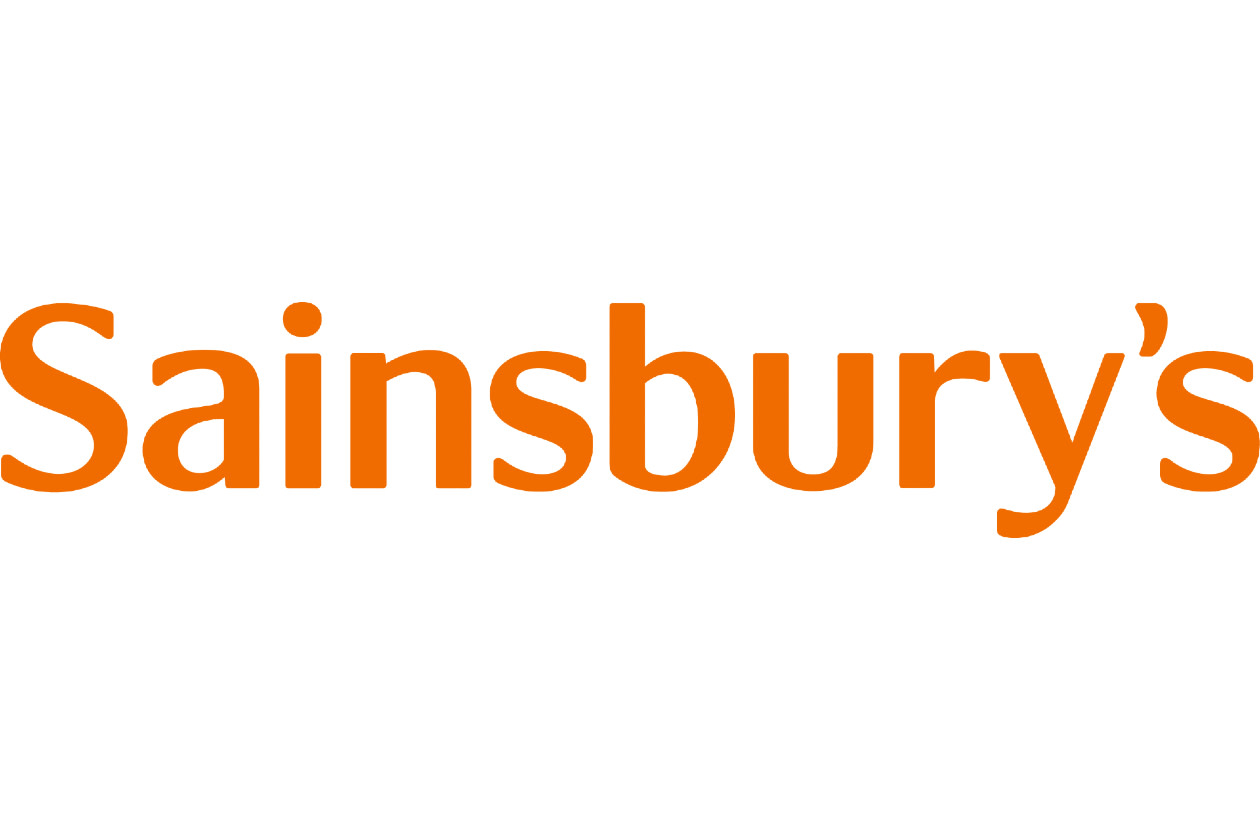Sainsbury’s like-for-like sales, excluding fuel, rose 4.7% in the first quarter. This was ahead of market forecasts of 3.4% growth, driven by better-than-expected uplifts in grocery and general merchandise.
In Grocery, market share gains were helped by both its online and convenience channels growing by 6%, and a strong performance in its Taste the Difference range, up 18%. The general merchandise outperformance was driven by favourable weather and a weak comparable period.
Full-year guidance has been reiterated, pointing to retail underlying operating profits of around £1.0bn (2025: £1.0bn), and retail free cash flow of more than £500mn.
The shares rose 1.7% in early trading.
Our view
Sainsbury delivered a strong first-quarter update, with sales rising faster than expected. All parts of the business performed well in the period, including double-digit growth in its Taste the Difference range. But the group’s not getting ahead of itself, and full-year guidance has been held firm for now.
Sainsbury's continues to gain market share, recording its highest total in almost 10 years. That’s in large part due to a herculean effort to improve products, value perception and innovation more generally. Things like the ALDI price match and Nectar prices are helping on this front too. They’ve been expanded across more products than ever before and are doing a great job at keeping customers loyal.
With operations focussed on this side of the Atlantic, President Trump’s fluctuating trade policies pose little threat to disrupt operations directly. But Sainsbury’s is more exposed to general merchandise than its peers through its ownership of Argos, an area where sales have been weak in recent years. We’re starting to see the benefits of these soft comparable periods, but the space is likely to remain challenging for some time.
The top-line growth and efficiency improvements have been enough to keep profits moving in the right direction, last we heard. But guidance for the current year points to profits remaining broadly flat as changes to employers' National Insurance contributions and the national minimum wage look set to bring at least £140mn of additional costs.
To help offset this impact, it’s very likely that prices at the till will have to go up. While Sainsbury’s peers are all in the same boat, it does mean competition on prices will rise. The cautious guidance gives Sainsbury’s plenty of wiggle room to get its hands dirty here. We don’t think that an all-out price war will materialise, potentially leaving room for positive surprises as the year progresses.
The balance sheet remains in good shape, with the ratio of net debt to cash profit (EBITDA) sitting towards the lower end of its target range at the last count. And with strong cash flows, there’s plenty of weight behind the group’s prospective 6.0% dividend yield. But remember, no shareholder returns are guaranteed.
Sainsbury’s deserves credit for its steady strides forward in recent times. That’s been reflected by its valuation climbing back towards its long-term average. While it’s not our preferred name in the space, the income opportunity looks appealing, and we’re cautiously optimistic it can beat its profit guidance if it keeps a tight grip on costs. This isn’t guaranteed though, and tough competition means further volatility can’t be ruled out.
Environmental, social and governance (ESG) risk
The retail industry is low/medium in terms of ESG risk but varies by subsector. Online retailers are the most exposed, as are companies based in the Asia-Pacific region. The growing demand for transparency and accountability means human rights and environmental risks within supply chains have become a key risk driver. The quality and safety of products as well as their impact on society and the environment are also important considerations.
According to Sustainalytics, Sainsbury’s management of ESG risks is strong.
An area of strength is the fact that the group’s executive pay is explicitly linked to ESG performance targets. However, within that, the group’s ESG disclosures aren’t in accordance with leading reporting standards, in particular the environmental policy is weak. This is significant given the group’s extensive packaging and freight usage. The group’s large scale puts it at increased risk of scrutiny when it comes to product reputation, and is something to monitor as customer appetites lean more towards sustainable options.
J Sainsbury key facts
All ratios are sourced from LSEG Datastream, based on previous day’s closing values. Please remember yields are variable and not a reliable indicator of future income. Keep in mind key figures shouldn’t be looked at on their own – it’s important to understand the big picture.
This article is not advice or a recommendation to buy, sell or hold any investment.No view is given on the present or future value or price of any investment, and investors should form their own view on any proposed investment.This article has not been prepared in accordance with legal requirements designed to promote the independence of investment research and is considered a marketing communication.Non - independent research is not subject to FCA rules prohibiting dealing ahead of research, however HL has put controls in place(including dealing restrictions, physical and information barriers) to manage potential conflicts of interest presented by such dealing.Please see our full non - independent research disclosure for more information.


